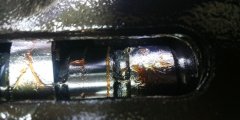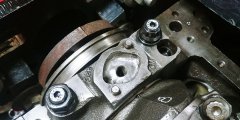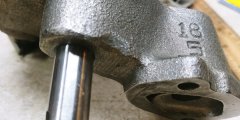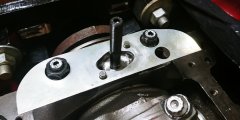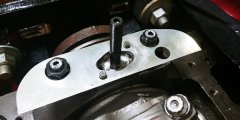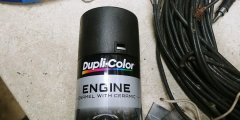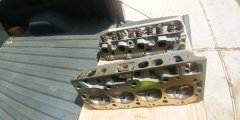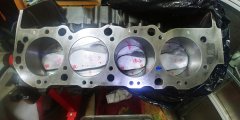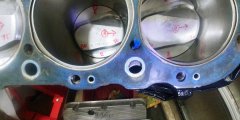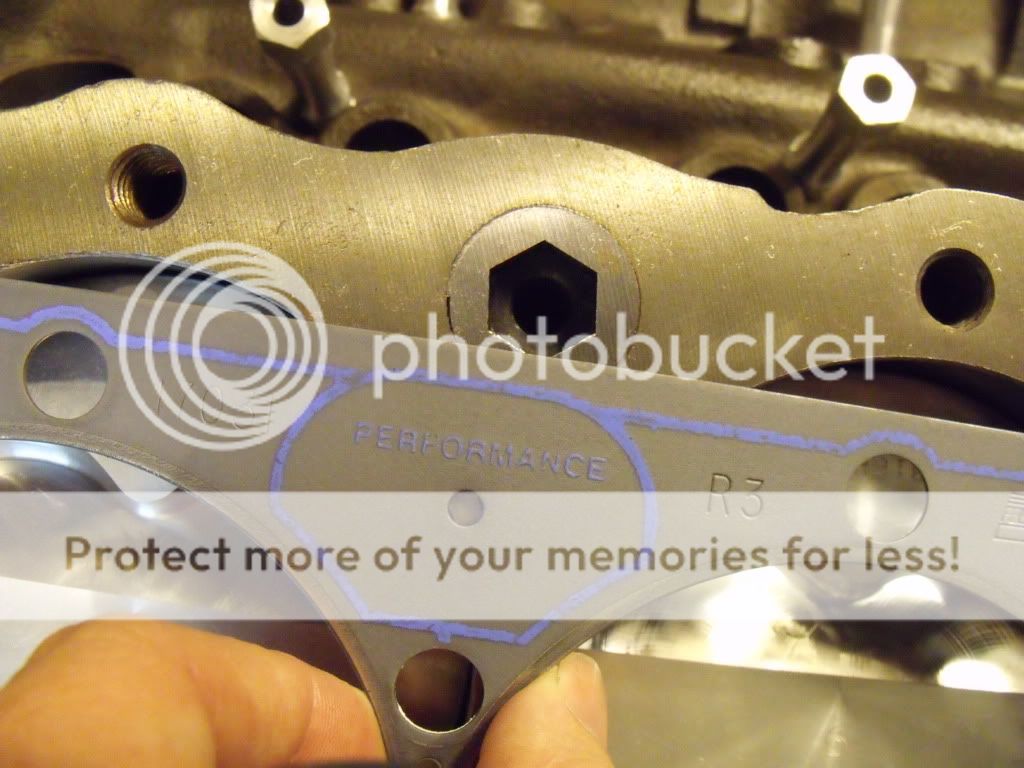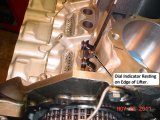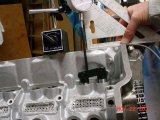from what I can see your fine!
the cam, lobe is not designed to run centered on the lifter bore, specially, if its a flat tappet cam,
and the rollers on a roller lifter are running on the lobe as its
designed to do on a slightly off center lobe location.
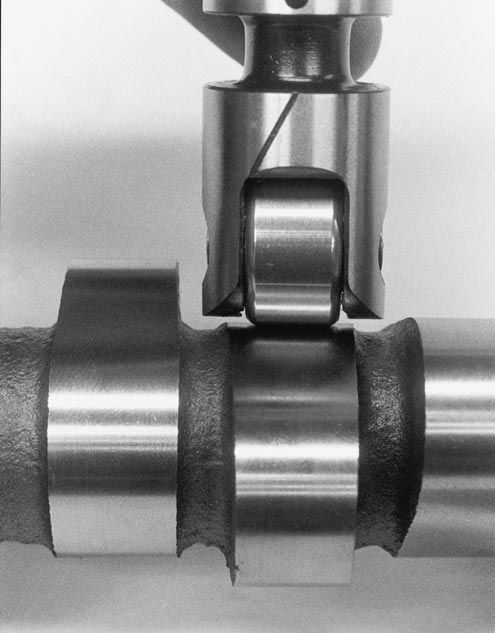
the cam, lobe is not designed to run centered on the lifter bore, specially, if its a flat tappet cam,
and the rollers on a roller lifter are running on the lobe as its
designed to do on a slightly off center lobe location.


